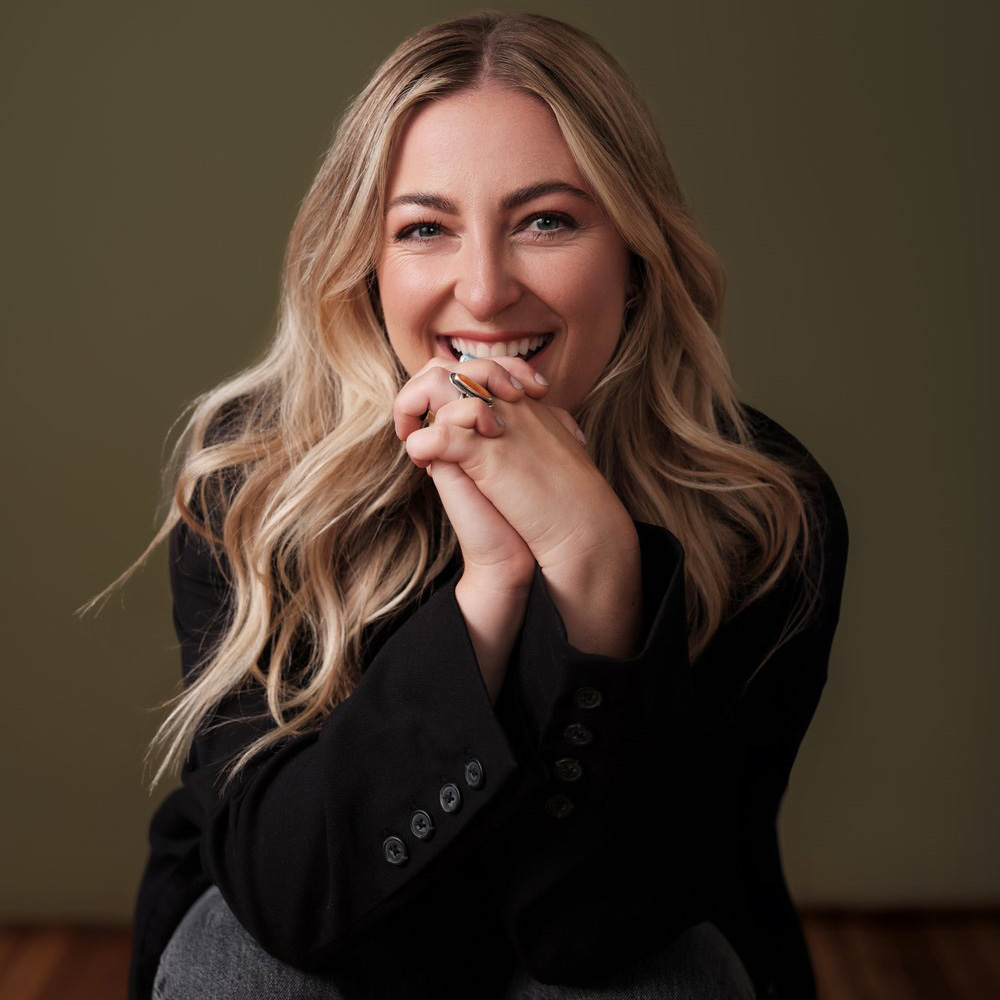Ella Sophie is not just a photographer—she’s a storyteller, an advocate, and a creative mastermind. Her journey into photography is one of self-expression, resilience, and empowerment. Ella went on to study photography and art in college, where she honed her skills and discovered her true calling.
Her approach to photography is deeply rooted in her belief that images have the power to tell compelling stories and spark meaningful change. Ella doesn’t just capture moments—she captures emotions, challenges, and triumphs, giving a voice to those often overlooked.
Can you share your journey into photography and what inspired you to pursue it Professionally?
Growing up as an immigrant in America, carving my own path didn’t feel like a choice—it felt predetermined. From a young age, I found self-expression in art. By the time I was choosing a college, pursuing a career in the arts was the clear direction for me.

I began my studies in commercial art, exploring a wide range of fine art mediums along the way. Early on, I started freelancing, offering services that ranged from art history tutoring and graphic design to photography. Over time, my visual art increasingly leaned toward photography. As my work found its way into galleries and gained attention online, people began approaching me for photography projects.
About halfway through college, I officially launched my first photography business. Because of my eclectic social circle, (made up of immigrants, punks, artists and other alternatively minded people), many of my projects in the early years were delightfully quirky.
How would you describe your style, and what influences your artistic choices?
Overall, my photography combines a fine art sensibility with commercial appeal, resulting in images that are both aesthetically pleasing and imbued with a sense of empowerment and authenticity. My visual style is characterized by clean, bold, and dynamic compositions that emphasize the interplay of light, form, and texture. The images I create don’t follow trends, instead my focus is on creating visuals that are authentic and timeless. My influences include the colors and textures I see in nature, contemporary and historical fine art, as well as the product or client themselves. By taking a client’s initial ideas and translating them into my visual language, I'm able to create images that are both authentic to me and deeply reflective of the client.
What is your favorite type of photography project, and why?
The most important part of a great project is that the client and I are in alignment. Clients who trust me to bring my strengths to the project are a dream to work with. Even when there are challenges throughout the project, knowing we are on one team working towards excellence brings out the best in everyone. To answer the question more literally, I love when I have the opportunity to create a series of images that include both still life and model shots. Bringing a brand’s creative voice to life and finding ways to tie that into all aspects of their photo-visuals is immensely satisfying.

How do you prepare for a session to ensure it aligns with your vision?
The most important aspect of preparation comes right at the beginning: making sure that the client and project are in alignment with my strengths as a creative. If that initial foundation is right, the rest falls into place. Of course there are also important logistical steps that need to be executed. Like creating a clear shot list, a realistic timeline, and clear creative direction.
How do you keep your creativity fresh and continually innovate?
By creating space to play. I have found that when I’m working through a shot list, the most exciting innovation comes naturally in the in-between moments. So being more intentional about creating a timeline that leaves space to experiment is crucial. Often those unscripted moments lead to the most interesting images. It is tempting for clients to try to fill the day with as many shots as possible. But that takes away time to innovate. So I do my best to educate my clients about the importance of leaving room for spontaneity. Luckily many of my clients are willing to build in time for play because they trust my creative process.

What advice would you give to aspiring photographers?
This industry is tough. If you can see yourself doing something else that would be equally enjoyable, do that. But, if you must join us here in the wonderful, wild world of photography. Be prepared to have hard days, weeks or even years. The trick is to find ways to refuel yourself. And to continually learn from your experiences. Find mentors, friends, colleagues to commiserate, compare notes, and cheer each other on. You will need the support. While this advice might sound kind of harsh, if you find your corner in this industry it will be rewarding and fun.

Your work centers around female power. How do you translate this concept into visuals that resonate deeply?
My personal work originated as a space of expression and exploration. Examining the effects of abuse, sexism, and control of the female body. As I shifted from fine art to commercial work, the driving force of empowering women has remained. In advertising there is less room for angst than in fine art. So I’ve had to find other ways of creating work that empowers. The main question I ask myself is how are we selling this? Does this sell through promoting insecurity? Or are we sharing a message of inclusivity and strength? When I work with models the approach is always to encourage physical diversity and I coach my models to feel strong, confident, even defiant. I’m always looking to create a world in my images that is aspirational, where the textures, colors, and composition bring the viewers imagination to life.

How has your foundation in fine art shaped your approach to photography and art direction?
There are all the technical aspects of fine art training that translate to my work. Understanding color theory, composition, and various mediums that play into creating images. But there is also a less obvious influence that carries over. When you study art you learn that each piece is a reaction. And each era, or school of thought, came to be as a conversation between artists. And just like conversations with words, conversations with art can only evolve if you are actually talking. What this means for me is that I let each element of a project be part of the conversation. By giving space to see how things interact, and react to each other.

What elements of advertising fascinate you, and how do they influence your work?
In my mind there are two distinct forms of advertising. One is psychology based tricks that quickly become dated, obtuse, and even annoying. I think this is the form of advertising that many folks think of first. And then, there is the creative/innovative form of advertising. This is where my interest lies. Finding ways to make people think, to bring their imagination to life, to entice them with genuine joy, strength, or beauty. This type of advertising can’t be scripted, it doesn’t have a format that can be applied and followed. And it often feels like leaping into the unknown.

What role does the variety of genres you photograph play in your collaborations with notable brands like Tiffany & Co. or WIRED Magazine?
Both of these projects came to me because of the diversity of genres in my portfolio. While I’m often told to niche down I’ve stubbornly refused to do so. For the project with Tiffany’s the fact that I photograph both jewelry and architecture happened to be the perfect combination. My understanding of architectural interiors photography also played a role in the WIRED Magazine project. There I combined my skillset of interiors with empowered portraits. The images capture the strength of these two young, ambitious and strong Ukrainian entrepreneurs in the Salesforce tower. Being able to pull elements from the various genres I work in has proven time and time again to be valuable in my creative process.

Thank you to Ella Sophie for sharing her inspiring journey, artistic insights, and empowering approach to photography. Her passion and commitment to authenticity continue to leave an impact on the industry. Thank you, Ella, for giving us a glimpse into your creative world!
Check out more of her work here!
Ella Sophies' website

%20(2100%20x%20405%20px).png)


